What makes a supercar "super"? Is it horsepower, 0-60 mph records or the gratification of rowing your own gears?
Sophisticated engineering and the addition of electric motors have boosted the performance and heart-stopping acceleration of modern cars, though these once-lauded and brag-worthy stats are becoming less important for a growing number of drivers.
"We're seeing a slight backlash to the ultimate performance ... people want more of an analog experience," McKeel Hagerty, CEO of Hagerty, an automotive enthusiast brand, told ABC News. "It feels like zero to 60 times are now so low and so fast. I am not sure that matters anymore, or if horsepower matters anymore."
MORE: Electric sports cars are starting a 'performance arms race,' engineer says
McKeel pointed to the T.50 supercar being built by Gordon Murray, the founder of British carmaker Gordon Murray Automotive and creator of the legendary McLaren F1 road car. The T.50's naturally aspirated V12 engine produces 661 hp and is capable of 12,100 rpm. It also has a six-speed manual gearbox, an anomaly in the supercar realm. The company said it engineered the T.50 "to be the most driver-centric supercar ever built" and Hagerty expects similar manufacturers to follow Murray's lead.
"With the T.50, Murray is saying, 'I don't care if it races at Le Mans,'" Hagerty said. "He's building a supercar that has more analog features, that's high revving and has an outrageous motor -- I think we'll see more of that. This trend of people wanting more of an analog experience bodes well for vintage cars and some of these RestoMod vehicles."
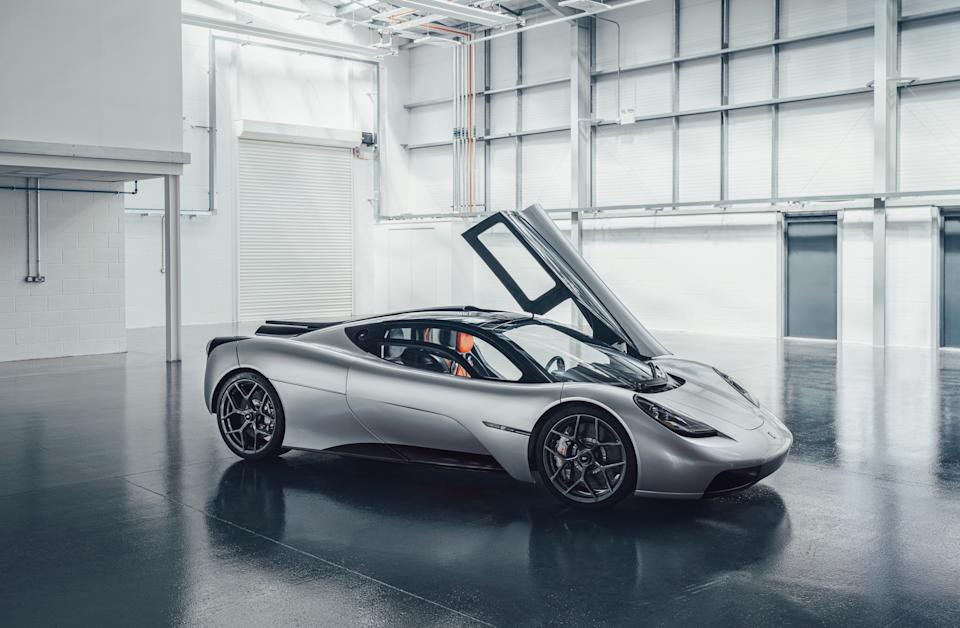
Titillating horsepower numbers will continue to generate headlines and sales for some automakers. The Corvette ZR1X, which debuted last month, can produce a hair-raising 1,250 hp from its turbocharged LT7 engine and electric front-drive unit. The "regular" ZR1 delivers 1,064 hp, making these models the most powerful Corvettes in the marque's history.
Jason Cammisa, host of Hagerty's "ICON" YouTube series, declared that the ZR1 "belongs in a different world ... a world without speed limits, or city streets, or reckless driving tickets."
"The ZR1 needs to work as a car on roads where it will be the vast majority of the time, and it's great," he said in his review. "But all that composure on the racetrack is replaced by genuine fear of that gas pedal because violent wheel spin is always looming as a reminder that 1,000 hp road cars probably should not be legal."
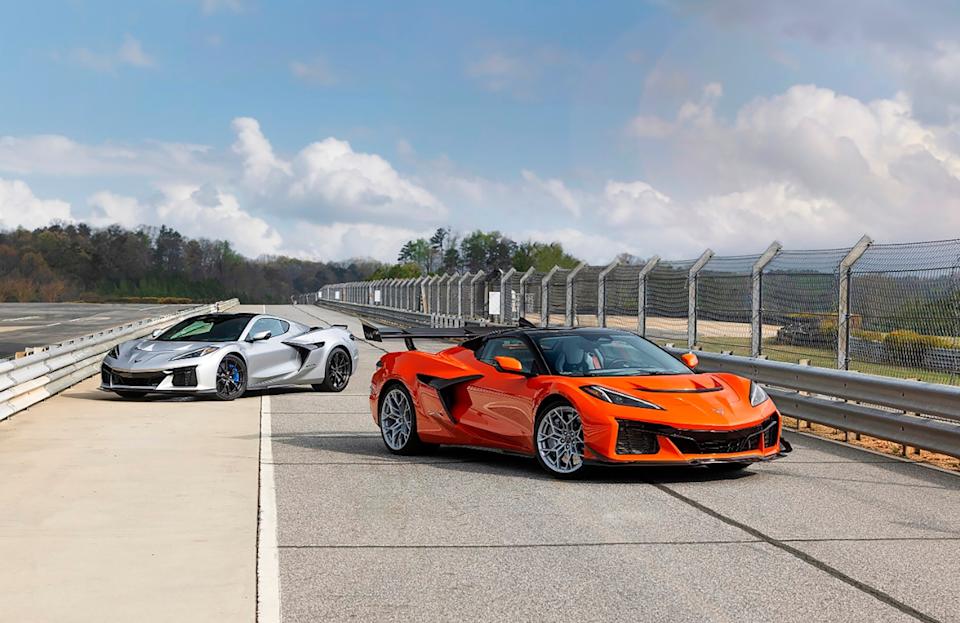
Cammisa's argument has legitimacy; few drivers who purchase high-performance vehicles are capable of harnessing and controlling all that power.
"People need to know what they're doing with this horsepower," Frank Markus, technical director at MotorTrend, told ABC News. "Most of the people who buy these cars can't risk bodily harm or jail sentence."
Markus noted that horsepower has long been linked to tire development. Years ago, when Bugatti first unveiled its 1,000+ horsepower cars, "the industry wasn't ready for that horsepower," he said. "It was so dangerous ... tires can only survive for 15 minutes at those top speeds."
Bugatti's latest invention, thechybrid Tourbillion, generates 1,800 hp, 300 more than the Chiron, the last model to showcase the brand's famed W16 engine.
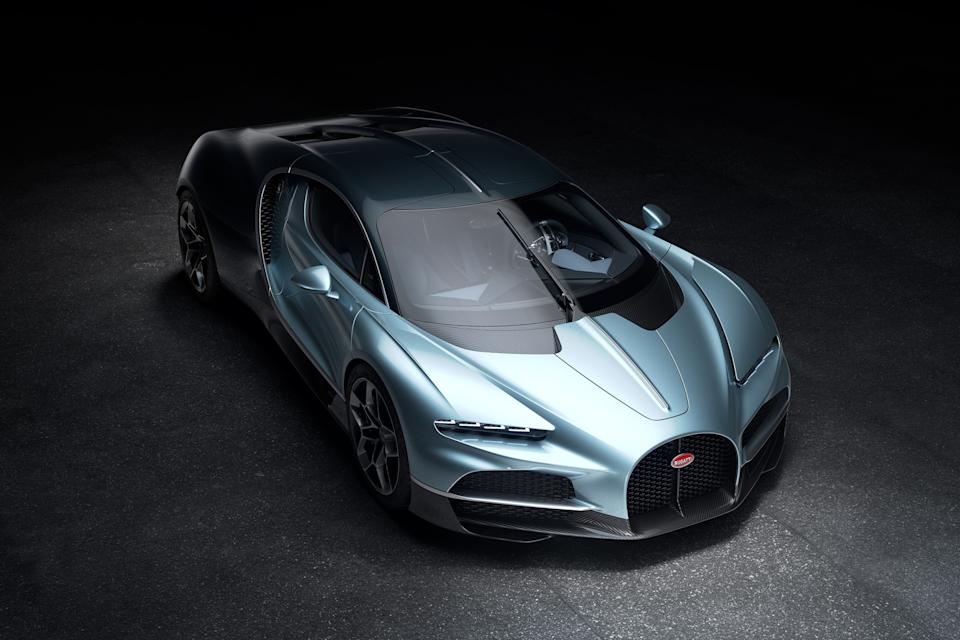
With the added weight from battery packs and motors, Markus questioned whether the rubber on hybrid and electric sports cars can keep up.
"Sports cars need so much downforce. Is putting 6,000 lbs on tires at these speeds really safe?" he said. "Rubber technology has maxed out what you can put down on a dry pavement."
Electrification has also complicated the horsepower element, he explained.
"In the combustion era, you had to rev the engine a lot for it to get up to power," Markus noted. "With electrics, the torque is right there at zero."
Take the Rimac Nevera R all-electric supercar. The 2,107-hp car sprinted from 0-60 mph in a blistering 1.66 seconds at Germany's Automotive Testing Papenburg (ATP) facility this month, beating a previous company record. The Nevera R also set a new record for the fastest EV top speed: 268.2 mph. Then there's the Tesla Model S Plaid, which boasts supercar-like stats: 1,020 hp and 0-60 mph in 1.99 seconds.
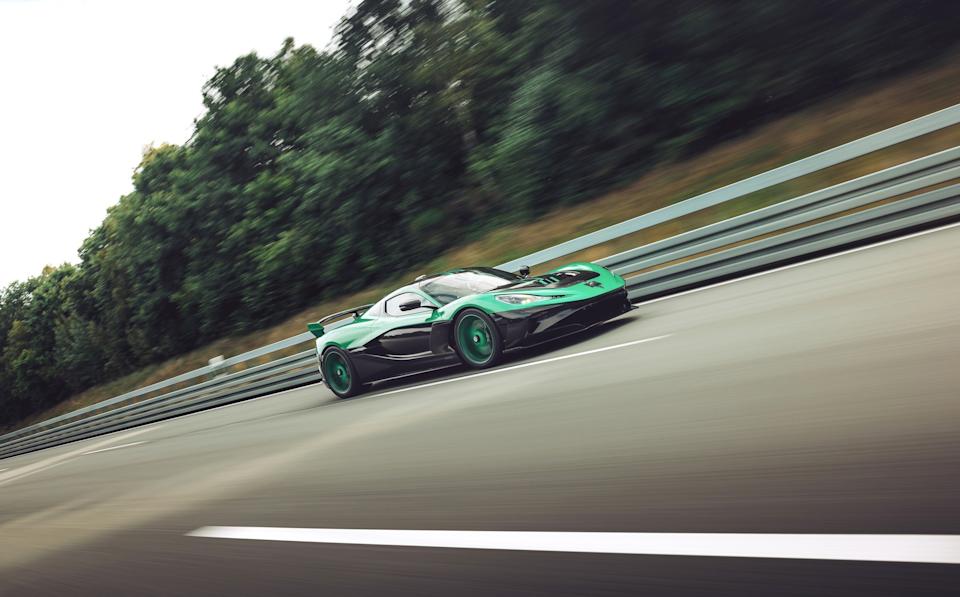
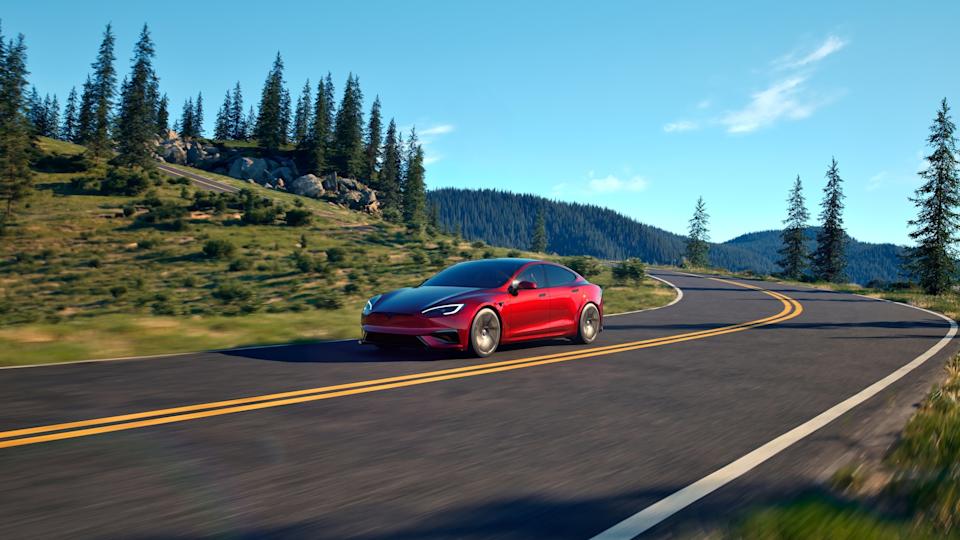
Markus, like Hagerty, agreed that drivers are searching for sports cars that provide exhilaration and visceral feedback without the assistance of electrification.
"Electric sports cars are flopping in the market. They're antiseptic," he said. "People want an engine. They want to feel the steering wheel vibrate."
In an interview this month with TopGear, Christian von Koenigsegg, the founder of Swedish hypercar maker Koenigsegg, said his next car would not be electric, noting that the "appetite in the market for this level of car, fully electric, is extremely low."
"You want the throbbing, the pumping, the heat, the sounds, the shifts, all of these aspects that just make [a car] come alive. I would say an electric car is a bit more of a robot," von Koenigsegg said.
MORE: Can't afford a six-figure sports car? These automakers are still making fun, affordable models
Some sports car brands, like Lamborghini, are looking to electrification to enhance horsepower and output. The Italian marque has three electrified models now for sale: the Temerario, Urus SE and Revuelto. The Urus SE, the third iteration of the brand's SUV, pairs a twin-turbocharged V8 engine with an electric motor and a lithium-ion battery, allowing the rowdy ute to travel short distances solely on electricity. The Urus SE delivers nearly 800 hp, making it "most powerful Urus ever."
Rouven Mohr, Lamborghini's chief technical officer, said Urus owners will immediately notice the increase in horsepower.
"In general, we’ve been working to exploit the benefits of added power in a way that ensures the car remains responsive at every RPM. The 'fun to drive' feeling is the aspect that has benefited most from the power increase, but we’ve also developed new center and rear differentials to handle that power," he said. "Progress in technology has continually led to increases in power since the first car was introduced. We aim to provide a genuine, authentic Lamborghini driving experience that goes beyond mere figures. Having said that, as Lamborghini, our performances must be best in class, as expected."
Tony Roma, chief engineer for the global Corvette and performance cars team, acknowledged that horsepower standards have reached astronomical heights. Yet the debate over horsepower -- and what's acceptable -- has been going on for years.
"I worked on the C5 Corvette when it made 405 hp in 2002. And we had this exact same dialect, 'OMG 400 hp in a Corvette, OMG it's uncontrollable,'" he told ABC News. "Then we did 500 hp on the C6. The ZR1 is crazy fast ... and 1,000 hp is a silly number. I think tire technology, suspension technology, the aero -- the other things we've done -- when we get it right and the chassis can handle the power you're making, it's a joy to drive. If you would have put 1,000 hp in that C5, it would scare people to death."
He added, "The numbers are so intimidating that the ZR1 keeps a lot of people in check. If you put your right foot down, it goes really fast. That's a choice the driver gets to make."
Hagerty said if an enthusiast had to decide between performance bragging rights or a primal driving experience, he expects the latter to win.
"Nürburgring lap times were everything a few years ago," he said. "People now want to go out and have the wind in their hair. It doesn't have to be the ultimate anymore."
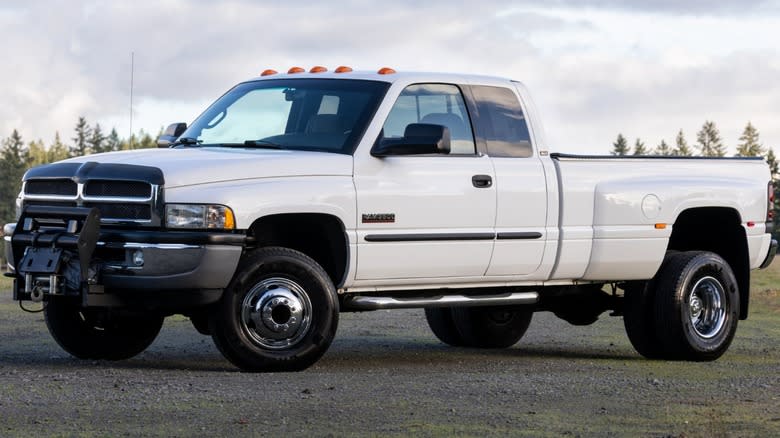
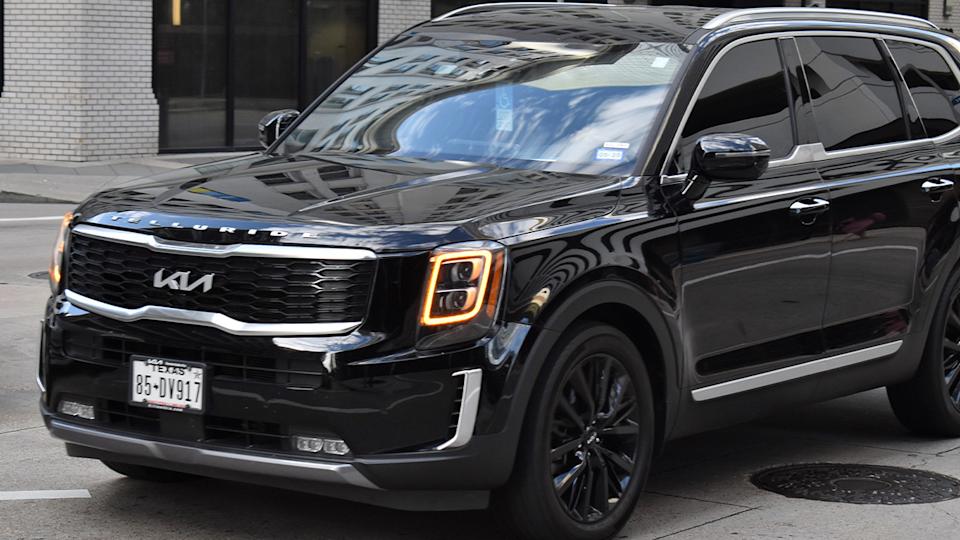

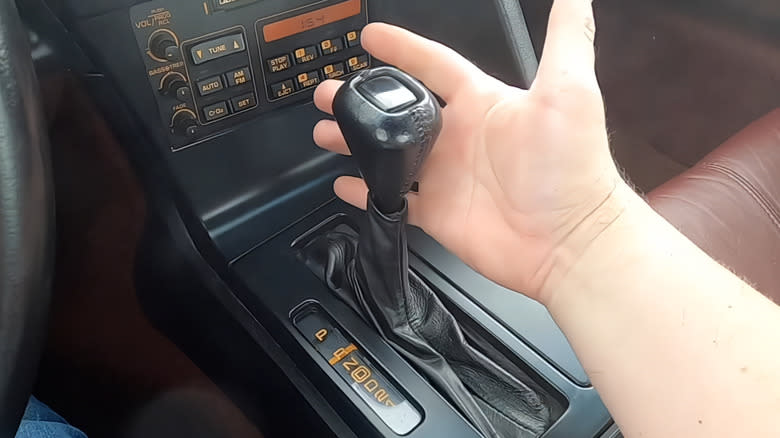
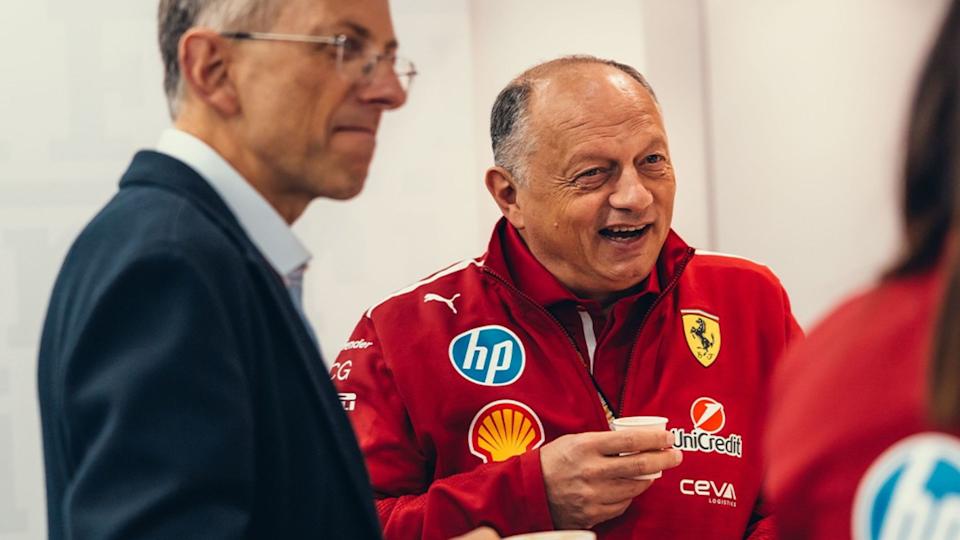


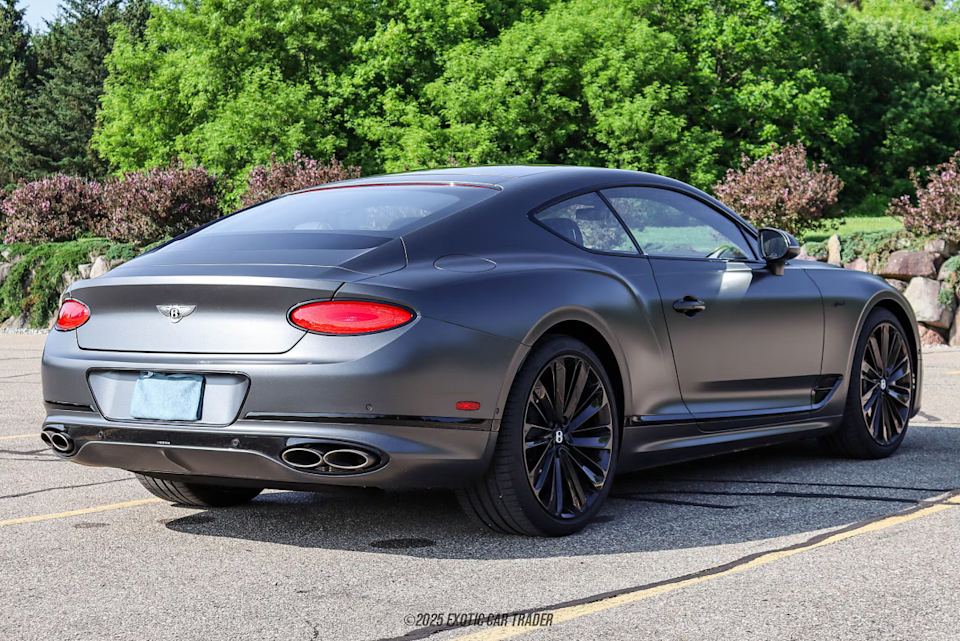
Comments